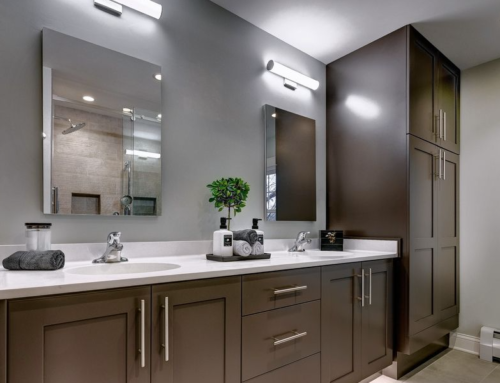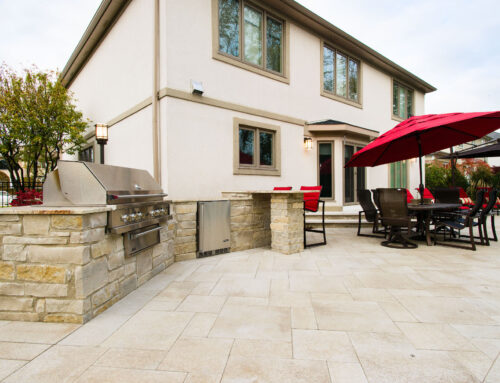When you build a house, you need a solid foundation to support the structure.
Today, we have access to a dizzying array of technology in our homes. But to take advantage of those opportunities, you need to lay a solid technology foundation. As your single source for architectural and construction excellence, we rely on technology experts like Rich Conklin, Principal Engineer at Grand Home Automation (www.grandhome.com). Here is what he has to say about laying the technology foundation for your Home 2.0.
“From inside the house, to across the street to across the ocean, you can run your home with a smartphone or tablet. That means everything from temperature control to turning lights on and off to setting your alarm system to uncovering your pool…and more. And of course when you are in your home, you can also stream movies, television shows, and music, on demand.
“So how do you make this happen? It starts with setting up your home network correctly, whether you are building a new home or remodeling an existing one. It needs to be part of your upfront plan, along with lighting or plumbing or HVAC. Not very sexy, but you’ll regret it if it is not set up right.
“In planning your network, here are some things to consider.
- How many access points do you need? An access point is where all of your wireless devices connect to your network. Think of an access point as the cell tower in your home. So if you have a bigger home, you may need more than one access point.
- Will you be streaming audio and video into your house with programs like On Demand, Netflix or Pandora?
- Do you want to use your cellular phone or iPad to control functions in your house?
“Chances are the answer to the second question is yes. And more people are answering yes to the third question as well. Given that, you want your network to move fast. You don’t want to wait 30 seconds for your lights to turn on; you don’t want the TV to freeze when you are watching a movie.
“That means Internet speed will be important when you choose the vendor that is bringing the Internet into your home (your ISP) such as Comcast or AT&T. So ask what the speed will be, and comparison shop this feature along with all others. You might not understand the jargon, but the bigger the number the better.
“Once the Internet is in your home you can make your network “plumbing” invisible, just as your wiring and pipes. For example, you can put a flat screen TV over the fireplace. You don’t want to see a cable box on the mantle with cables running up. Instead, you can put a small box in back of the television. That connects with your cable box, which can be located in a hidden location.
Digitally yours,
Rich and Michael



















